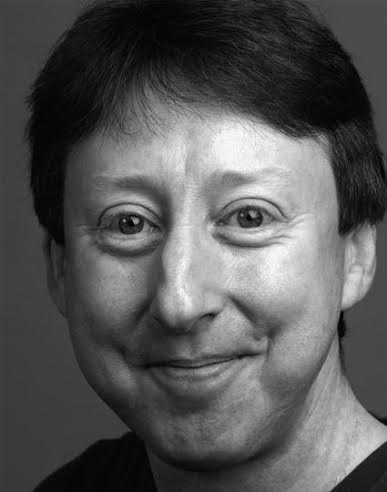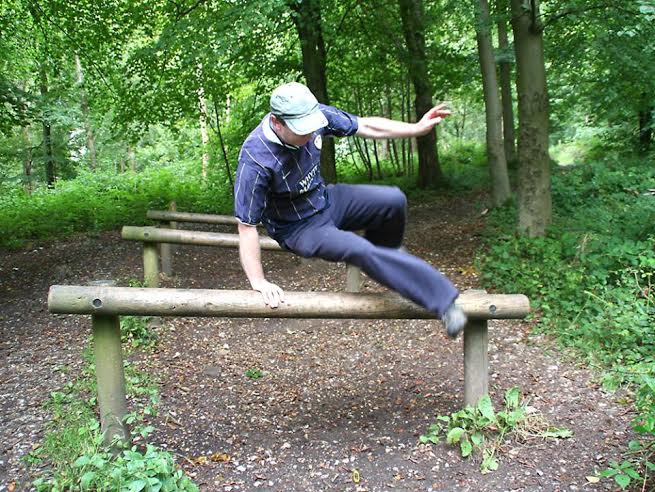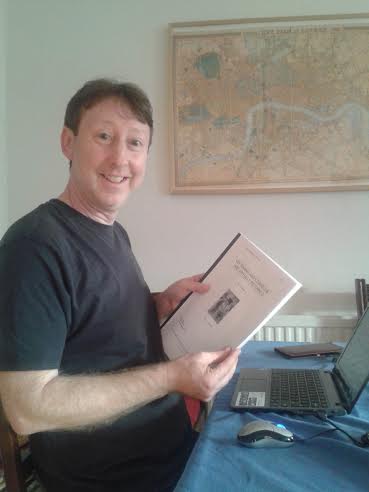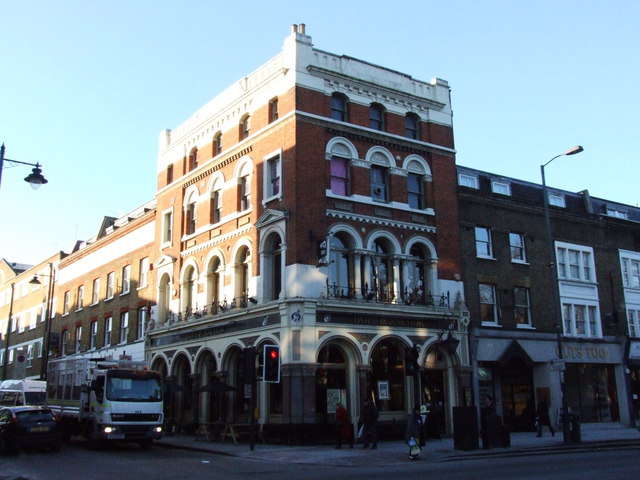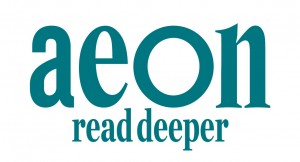A one-armed man whose missing limb was severed from the shoulder in a freak biking accident has invented a prosthetic replacement which will allow him to fly a plane.

Steven Robinson’s right arm was torn off by another rider’s footpeg during a collision over 30 years ago, and attempts to rebuild his limb proved unsuccessful.
Since his crash, Steven, 51, has never worn a prosthetic arm but he realised he would need one if he wanted accomplish his lifelong dream of getting his private flying licence.
Despite trying out several types from the NHS, the motivational speaker soon discovered they weren’t going to do the job, so he set out to make his own – designing and building it all from scratch.
Now, after almost a year hard at work, Steven, who fixes vintage jukeboxes in his spare time, has a working prototype which was signed off by an aviation medical examiner two weeks ago – and he reckons it makes him look like RoboCop.
This means he will be able finally get his solo flying hours and, all being well, his licence.
At the age of 18 in 1982, a mid-air crash on his bike left Steven critically ill with damaged lungs, spleen and liver, a broken leg and most crucially, a severed arm.
His torn-off limb was found 100 metres away, too damaged to reattached, and his missing body part changed his life forever.
Steven, from Leeds, West Yorks., said: “The day of the accident was the day my life changed for ever, but surprisingly it was a positive thing.
“As I lay in hospital I’d been told I’d lost my arm but I didn’t believe it as I could still ‘feel’ it.
“It wasn’t until a nurse took me into the bathroom for the first time that I realised the truth. But, as I looked in the mirror a wave of euphoria washed over me.
“I walked out of that bathroom a new person. I had gone in as a spotty, ugly, shy, boy with no confidence and walked out as a strong young man who had already survived against all the odds.”
Despite being so afraid of flying as a young man he had to have a course of hypnotherapy to even board a plane, on a whim Steven applied to the Flying Scholarships for Disabled People (FSDP) – and in 2012, was accepted.
But when he started flying in 2012, the prosthetic limb he had fell off each time he tried to operate the joystick, making flying as a one-armed pilot impossible.
Undaunted, he scrapped the false arm, and decided he would solve the problem himself.
He suspended his lessons until he could make himself a new arm that was up to the job.
He tried out two arms the NHS had given him but found he couldn’t use them to fly. He had flown co-pilot for several months without a prosthetic, but he needed the new arm to fly solo.
Steven believes that a number of ‘unique features’ make his #200 arm stand out from anything else at present.
He said: “I basically bought a milling machine and a lathe and started making components out of aluminium and putting them together.
“It has all been made by me, nothing is shop bought. I actually had to design some parts because they didn’t exist before.
“It has a very special shoulder socket that I have a patent on now, I also had to design a special jacket so that arm can fit over it.
“It looks pretty impressive. I look a bit like RoboCop.”
Steven explained that his arm has a quick-release shoulder socket, which means if he gets in trouble he can get out of his arm quickly.
“People don’t think about getting out of them quickly but you don’t want to be stuck if you are in trouble in a plane.
“It also has positive locking on the shoulder and it can fully rotate as well.”
Steven said the unique arm took him around 12 months to put together – but he took his time as he was hoping the arms on offer by the NHS might have fit the bill.
He added: “I’ve spoken to lots of different groups about how everyone is capable of overcoming obstacles and building their own future.
“I say to them, if I can achieve all of these things with one arm, what are you capable of achieving with two?”
“I’ve met people who had obstacles in their way which didn’t exist, just like my right arm. It’s just a question of overcoming them.
“With passion, determination and the right attitude you can achieve anything you put your mind to.”
Steven now need to fly ten hours solo and carry out various navigation tests before he is a fully-qualified pilot.





